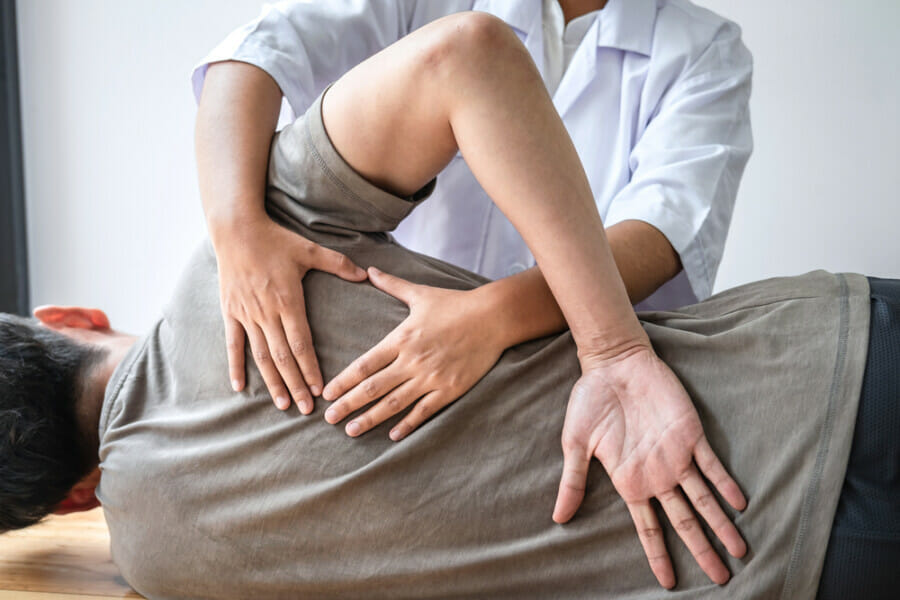Essential Advice from Sports Therapists
Are you interested in improving your physical well-being and avoiding injuries to maintain peak performance? Look no further! This blog post will share valuable advice from sports therapists to help you stay healthy and fit. We will discuss topics like proper stretching techniques, energy-boosting nutrition, and the importance of staying hydrated. Whether you’re an occasional athlete or a professional player, these tips will enhance your performance. Let’s dive in!
Rest Is Key
When you’re in pain, it’s tempting to keep moving, but resting is crucial in preventing further harm. Pain in your muscles, tendons, or ligaments signals an issue that needs attention. Ignoring minor discomfort can escalate into a major problem. Rest allows your body to recover, enabling cells to regenerate after physical activity or prolonged periods of inactivity. It not only prevents additional damage but also provides an opportunity to address underlying causes such as poor posture, ergonomic issues, or high stress levels. Investigating these issues can help eliminate recurring muscular pain. Expert sports therapists emphasize diagnosing the root cause of pain for chronic conditions. Incorporating rest days between workouts allows your muscles and joints to recuperate.
Ice for Inflammation
Struggling with muscle inflammation and swelling? Applying ice to the affected area can help reduce these symptoms. Icing for around 20 minutes at a time can alleviate discomfort and expedite recovery by constricting blood flow and reducing swelling and pain. Wait for about an hour between ice applications to prevent tissue damage. It’s essential to switch to heat therapy after 48 hours for improved circulation and flexibility.

Heat for Pain Relief
For chronic pain or muscle tension, consider heat therapy as a soothing solution. While we typically associate heat with discomfort, it can effectively alleviate body aches. Immersing in a hot bath can relax tense muscles, and a heating pad can ease soreness and stiffness in various body areas. Heat promotes muscle relaxation, enhancing comfort and mobility. When using heat therapy, monitor the temperature to avoid skin damage and exacerbating discomfort. Apply heat for short periods at a comfortable warmth level.
Stretching and Massage for Pain Relief
When dealing with pain, gentle stretching and massaging the affected area can relieve tension and restore mobility. These activities improve blood circulation, delivering essential nutrients for healing. Enhancing the range of motion keeps surrounding joints flexible, reducing the risk of further injuries. Consult a healthcare provider before engaging in stretching or massage activities as individual needs vary.
Pain can hinder daily activities and diminish joy. Prioritize self-care by resting adequately, using cold or heat therapy appropriately based on the condition, and incorporating light stretching or massage exercises. Practice mindfulness, deep breathing, and strive to manage pain effectively. Remember, while rest is vital for healing, light movement is beneficial but avoid overexertion. Managing pain requires knowledge and self-care. Continuously seek new strategies, build a supportive environment, access necessary resources, and allocate time for self-care to navigate pain successfully.














